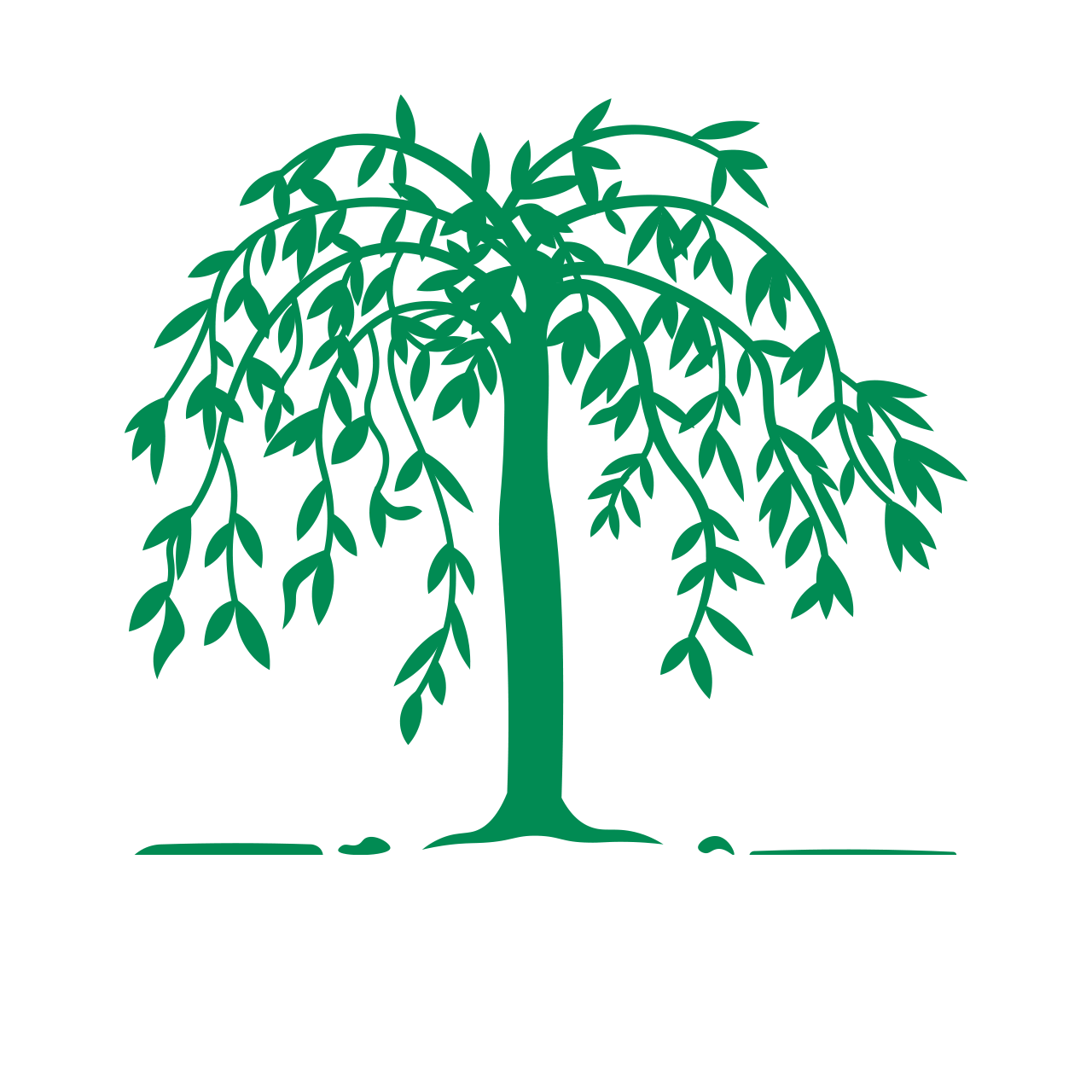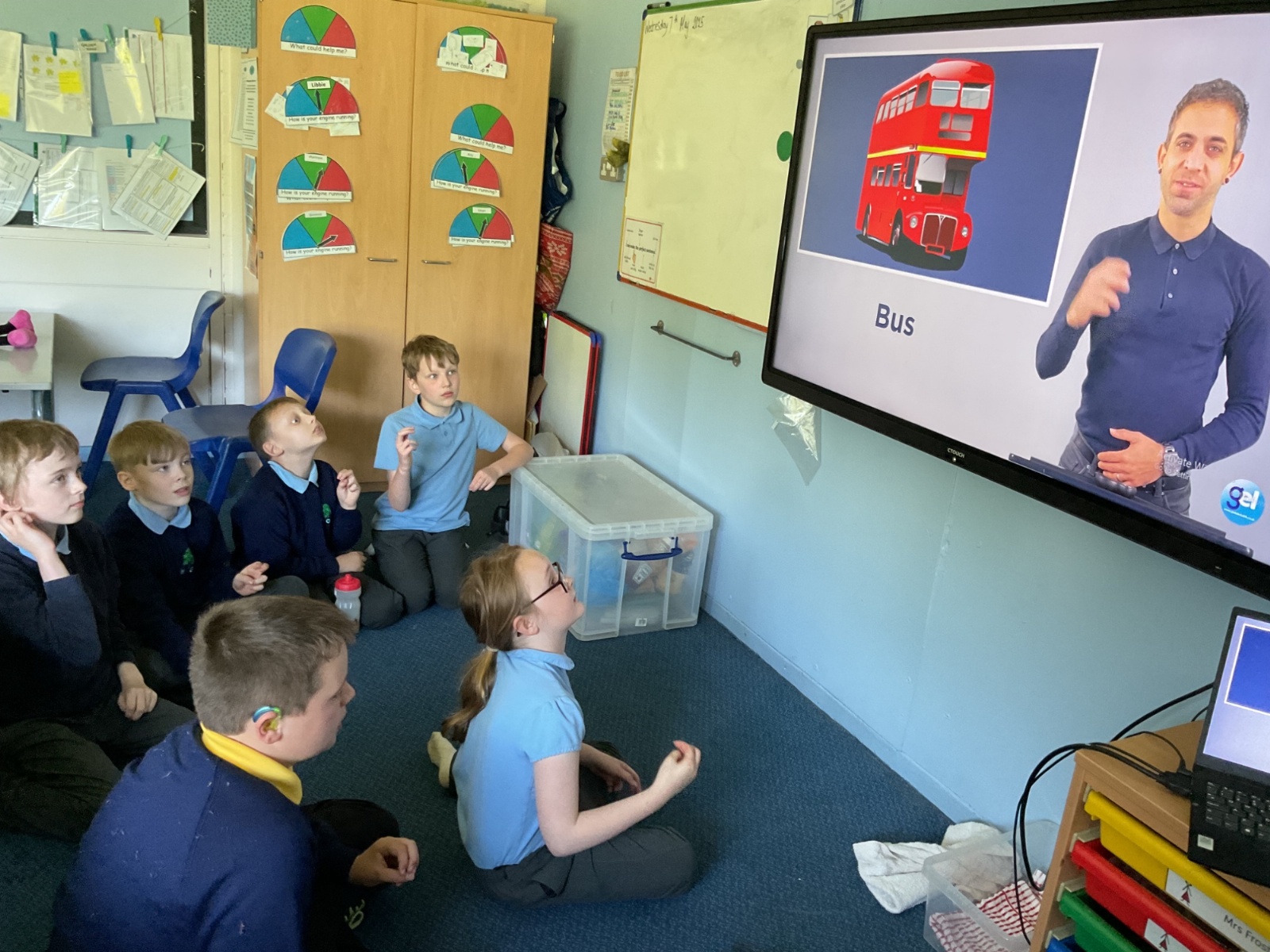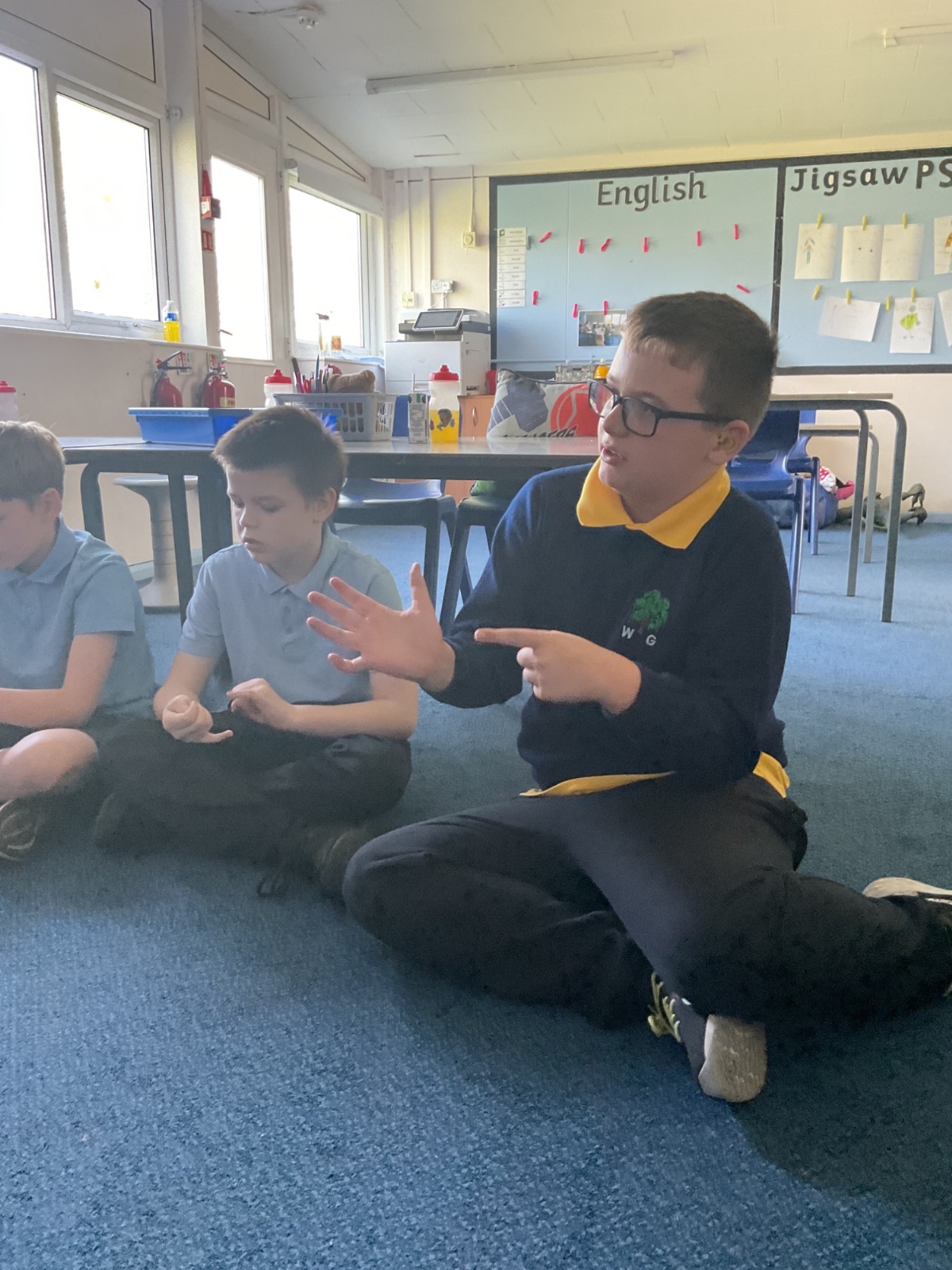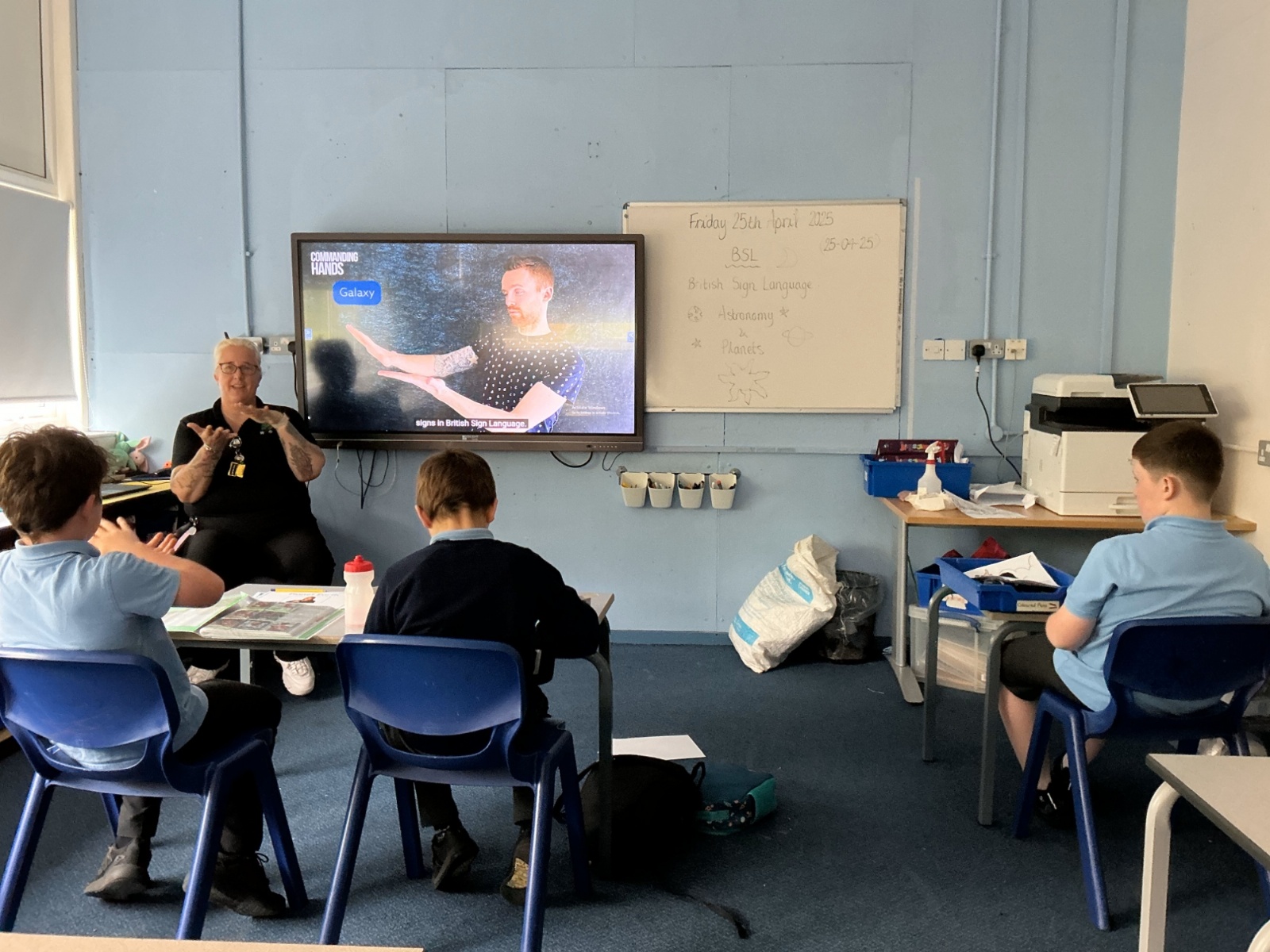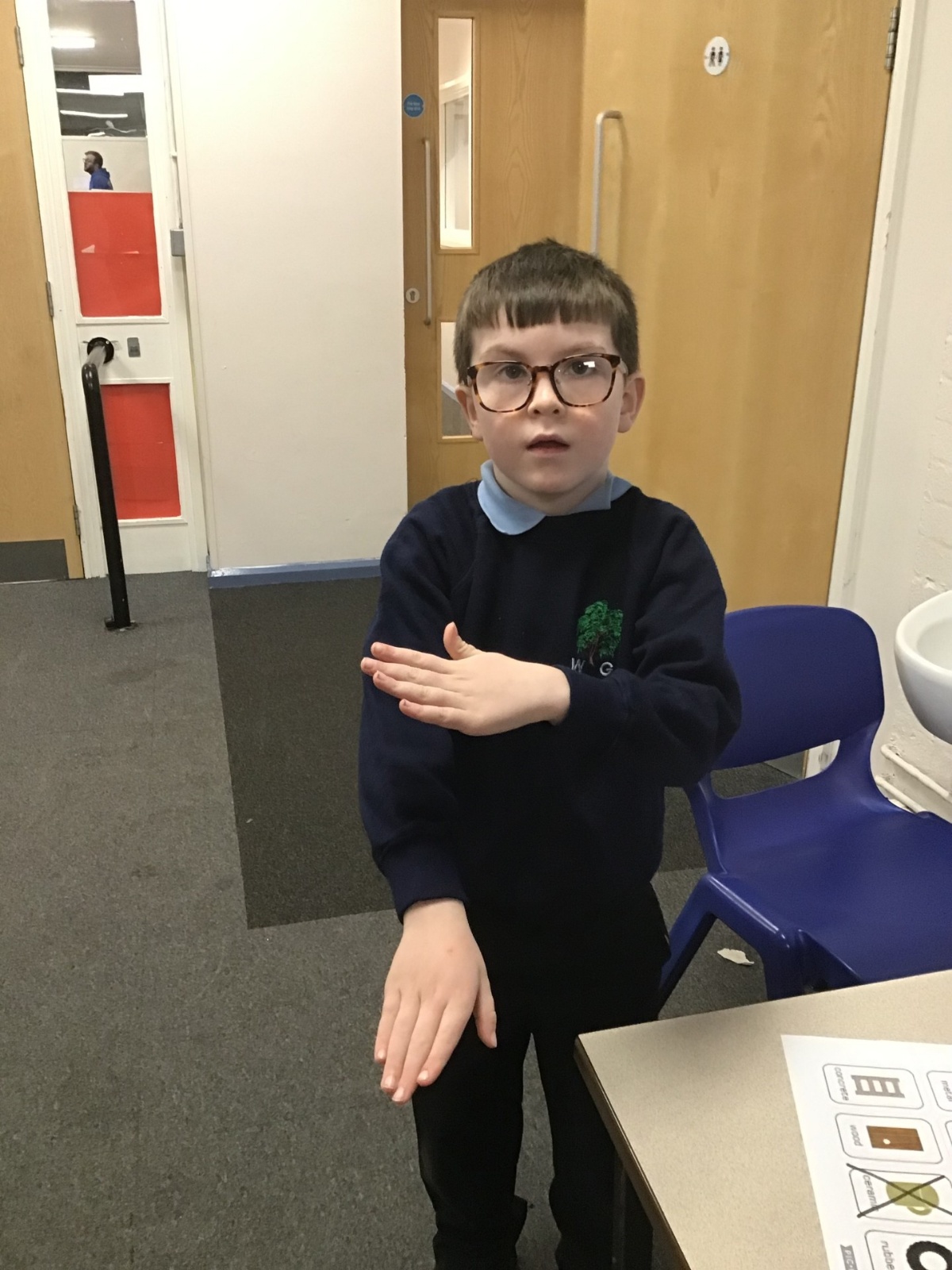BSL
Through learning BSL, learners of all ages can develop their ability and ambition to communicate using sign within deaf and hearing communities. Learning BSL can deepen learners’ understanding of human communication more generally and strengthen knowledge of how languages work, providing a firm foundation for further language learning. Insights that can be derived through learning BSL include becoming aware of the multi-modality of human communication and of the role played by visual language.. Learning BSL can encourage learners to step beyond familiar cultural boundaries and develop new ways of expressing and negotiating meaning, allowing them to contribute to the development of a global society that is inclusive for deaf and hearing people. This can include, for example, addressing issues surrounding disability rights, minority languages, recognition of BSL and communication through technology. Learning and teaching should help develop awareness and understanding of the cultures and identities of deaf and hearing communities where BSL is a first language or is routinely used for daily communication. This can include an awareness of regional variation in BSL. Communication and well-being are inextricably linked. Skills in BSL can allow learners to express themselves effectively, to be open to other people’s points of view and to develop positive relationships. As a visual language, BSL allows users to express a wide range of emotions and feelings in a more nuanced way. Visual communication can help build greater confidence and break through communication barriers.
Subject Lead: Ms Walsh
